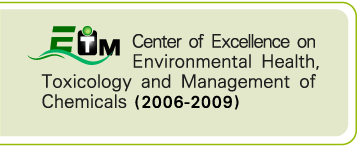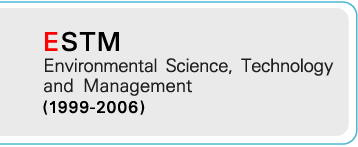Development of a Method to Detect Meat in Vegetarian Foods by Real-time PCR Investigator
Assist. Prof. Dr. Chuta Boonphakdee Faculty of Science, Burapha University In this study, the researcher developed a real-time PCR-based assay using SYBR-green dye for the detection of contaminated meat in vegetarian foods. The highly efficient real-time PCR assay was able to distinguish between meat and plant foods using an amplified 161-bp 18S rRNA gene (1st… (read more)
 Center of Excellence on Environmental Health and Toxicology (EHT)
Center of Excellence on Environmental Health and Toxicology (EHT)










